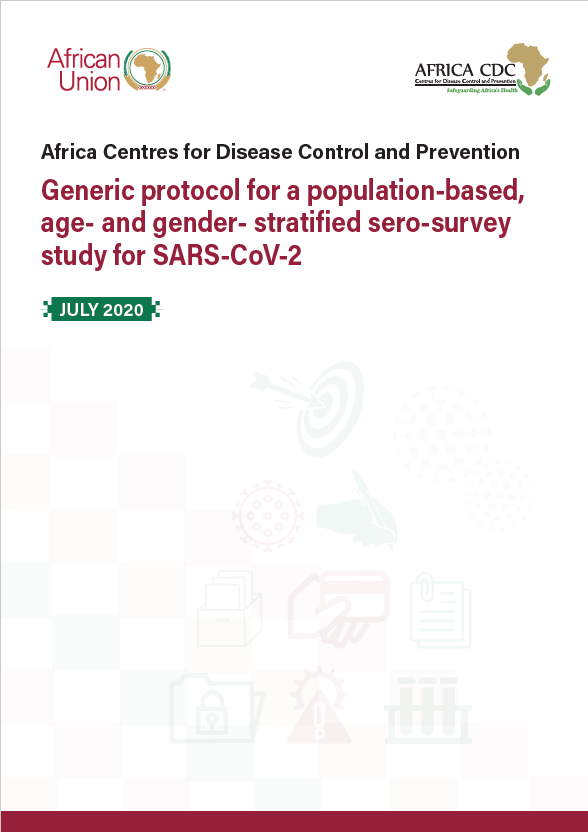The novel coronavirus disease of 2019 (COVID-19) is a global pandemic, and the epidemic in Africa continues to rise at a rapid rate. Cases have been reported in 54 of 55 member states, most of which already experiencing community-spread hence are making it more difficult to contain the outbreak.
With the expansion of testing, the cumulative number of cases reported in Africa has increased rapidly, however given the fact that majority of cases could be mild or asymptomatic, the true number of infections, their age and sex distribution, and the proportion that are severe or fatal is still uncertain using current surveillance methods.
The number of confirmed COVID-19 cases detected and reported in each country is influenced by many factors including limited access and/or utilization of healthcare and COVID-19 testing, limited surveillance, lack of knowledge amongst the population about when to seek testing, an asymptomatic presentation, and other unknown issues. This is true in all countries of the world, and not Africa specific, however there are factors unique to Africa which may also affect the way the virus behaves there. COVID-19 prevalence data are critical for planning effective mitigation strategies and understandingthe true impact of the disease and relevant intervention measures in Africa, which might be quite different from regions with a different population age distribution or risk factor profile.
